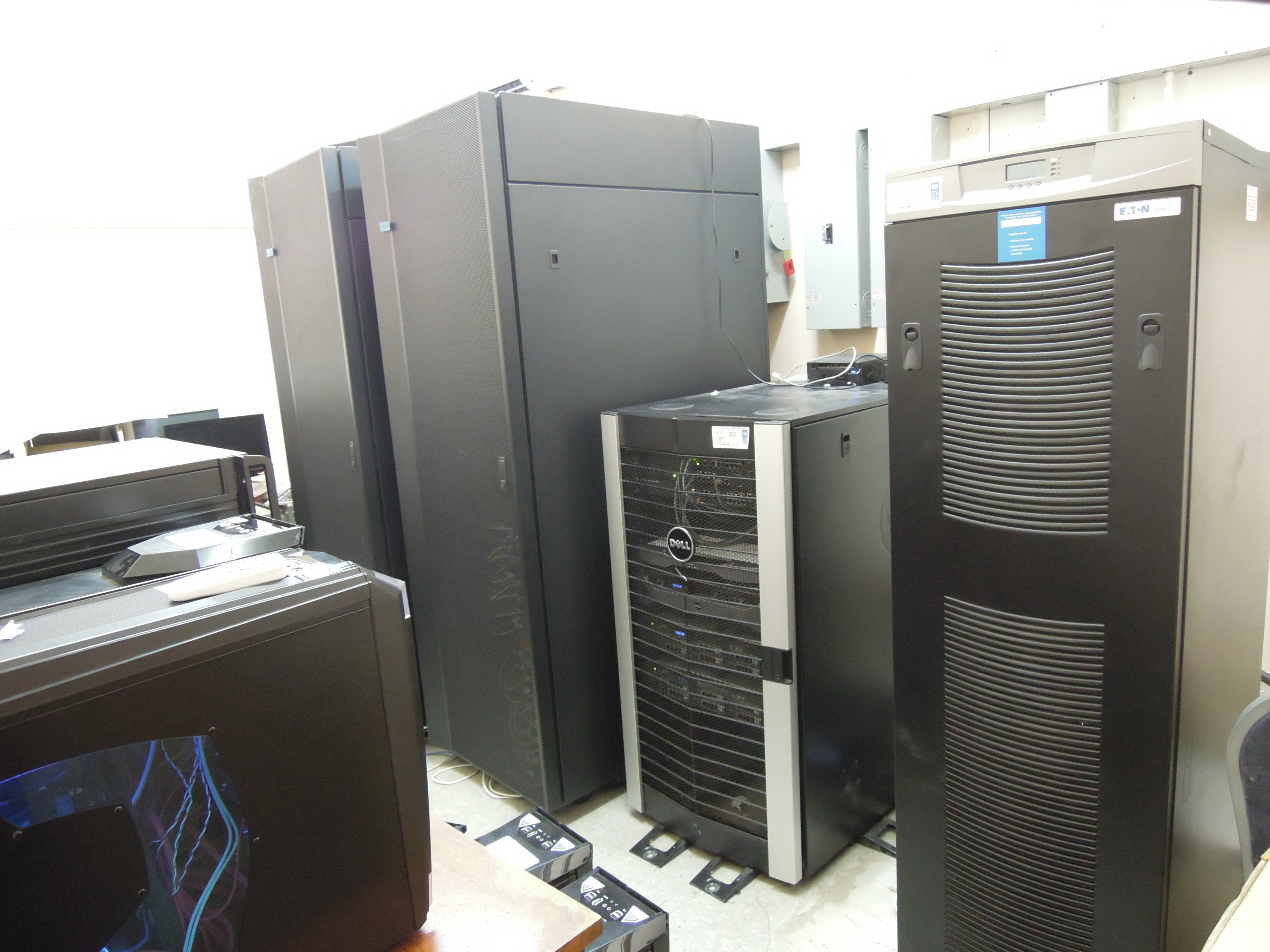




Caribbean Centre for Climate and Environmental Simulations (CCCES)
The Caribbean is often described as one of the regions in the world most at risk from natural hazards due to the location of the region, its tectonic setting, the small sizes of the islands and the many low-lying coasts that are a common in the region. Numerous studies and past experiences have shown that if the Caribbean region is to sustain or increase its current rate of development it must increase its resilience to natural hazards common to the region.
The Caribbean Centre for Climate and Environmental Simulations (CCCES) was established in 2014 at the Caribbean Institute for Meteorology & Hydrology (CIMH) through support from the USAID BRCCC programme. The CCCES is part of the region’s strategy to build and sustain regional resilience to the risk posed by climate change, increasing climate variability, extreme weather and increasing environmental degradation and change. The CCCES addresses resilience in these areas by providing CARICOM scientists, engineers and researchers with state-of-the-art computations resources to conduct complex simulations and analyses within and across disciplines on a range of scenarios (cover varying spatial and temporal scales) to adequately identify, bound and mitigate the drivers of risk to the social and economic development of the Caribbean.
State-of-the-Art Computational Resources for Member States
The mission of the Caribbean Centre for Climate and Environmental Simulations (CCCES) is to provide climate and environmental researchers in CARICOM Member States with state-of-the-art computational resources to (i) develop solutions to challenging climate and environmental problems in the region to inform decison-making; (ii) further climate and environmental research in the region; and (iii) support risk-based early warning systems across the region.
It is envisioned that the CCCES will become the primary climate and environment simulation platform for climate, weather, hydrological and environmental scientists and researchers from CARICOM Member States and that that Centre will facilitate and support a range of inter-disciplinary and international collaborations.
But just what are these resources?
- IBM iDataPlex 128 core computer consisting of 8 blades connected across a 36 port, 40Gb/s infiniband switch
- IBM iDataPlex 256 core computer consisting of 16 blades connected across a 36 port, 40 Gb/s infiniband switch
- 5 micro-clusters each consisting of 3 to 4 Intel i7 nodes connected across gigabit switches
- 90 TB of storage
- Fast broadband connection
Examples of operational products
- Four 4-km resolution numerical weather predictions produced 4 times per day across the entire Caribbean.
- Generation of 3-6 month operational climate simulations across the Caribbean at below 25-km resolution to support operational climate forecasts to provide decision-support for planning in climate sensitive sectors (under development)
- Long-term climate simulations to support adaptation to climate change (under development)


